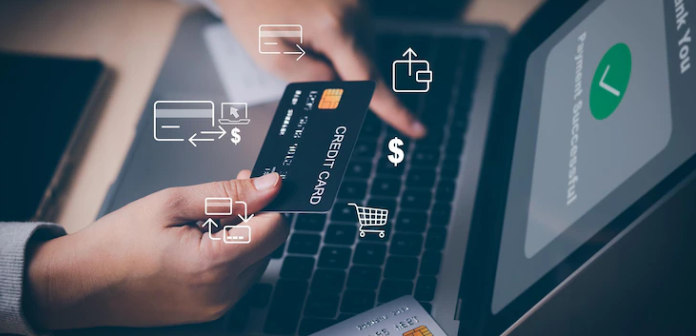By Amer Qavi, Founder & CEO, Swipe2B
The way we make payments is changing at an unprecedented pace. Understanding the recent advances and emerging trends in payment technology is crucial in our cashless society. Here are the latest developments in payment technology and their implications, with a particular focus on the Middle East, a region experiencing a rapid and transformative shift towards modern payment solutions.
The Digital Payment Revolution
The global digital payment ecosystem is undergoing a significant transformation. With the ubiquity of smartphones and internet access, digital payments have become more accessible and convenient than ever before. According to Statista, the global digital payments market is expected to reach a staggering $9.5 trillion in 2023, with projections suggesting this will increase to nearly $15 trillion by 2027.
Middle East’s Role in the Digital Payment Landscape
The Middle East is no exception to this global trend. Countries in the region are making substantial investments in digital infrastructure and fintech solutions. One standout example is the UAE, which has positioned itself as a leading hub for fintech innovation. According to the Dubai International Financial Centre (DIFC), the fintech sector in the UAE now contributes over 27% to the Centre’s growth, reflecting the rapid adoption of digital payment technologies.
Mobile Wallets & Contactless Payments
One of the most notable developments in payment technology is the widespread adoption of mobile wallets and contactless payments. These solutions allow users to make transactions with a simple tap or scan, enhancing both convenience and security.
In the Middle East, mobile wallet usage has surged. The UAE, for instance, witnessed a substantial increase in mobile wallet adoption, with over 50% of the population now using digital wallets for various transactions, as reported in a recent survey. Similarly, Saudi Arabia has seen impressive growth in the use of contactless payments, with 94% of all digital transactions taking place using contactless technology.
Blockchain & Cryptocurrencies
Blockchain technology and cryptocurrencies have also made significant inroads into the payment industry. While cryptocurrencies like Bitcoin and Ethereum are still considered volatile assets, the underlying blockchain technology is being embraced for its potential to enhance security, transparency and efficiency in payment processes.
The Middle East is recognizing the potential of blockchain and cryptocurrencies more and more. In the UAE, the government has launched various blockchain initiatives, including the Emirates Blockchain Strategy 2021, which aims to position the country as a global leader in blockchain adoption. The DIFC has also introduced a regulatory framework for cryptocurrencies, attracting blockchain startups and investments.
Biometric Authentication
Security remains a paramount concern in the world of payments. Traditional methods of authentication, such as PINs and passwords, are being complemented and, in some cases, replaced by biometric authentication methods. Biometrics, such as fingerprint recognition, facial recognition, and even iris scanning, offer a higher level of security while ensuring user convenience.
In the Middle East, biometric authentication is on the rise. GCC countries, including Saudi Arabia, the UAE and Qatar, have been at the forefront of implementing biometric authentication in financial services.
Peer-To-Peer (P2p) & Cross-Border Payments
The growth of P2P payment platforms has revolutionized how individuals transfer money to friends and family. Apps like PayPal, Venmo, and Cash App have become household names, simplifying the process of splitting bills or reimbursing friends. In the Middle East, local players are entering the P2P space, providing tailored solutions for the region’s unique needs.
Cross-border payments, too, are becoming more seamless thanks to advancements in payment technology. Traditional international money transfers are often costly, time-consuming or both.
B2B Payments
While all these trends are most widely visible in the B2C (Business-to-Consumer) space, such as e-commerce and online bill payments, the area undergoing the biggest transformation is B2B (Business-to Business) payments. The transaction volume of companies paying other companies (B2B payments) in any economy tends to be 4 to 5 times larger than B2C transactions, even though they may not be as visible.
Digital wallets, blockchain, biometric authentication, P2P payments, cross-border solutions and B2B payments are just a few examples of the exciting developments reshaping the payment landscape. While challenges persist, the opportunities for convenience, efficiency and financial inclusion are immense. Be prepared to adapt to these changes as they continue to reshape the way we pay and transact in an ever evolving digital world.


 THE MIDDLE EAST’S PAYMENT REVOLUTION
THE MIDDLE EAST’S PAYMENT REVOLUTION